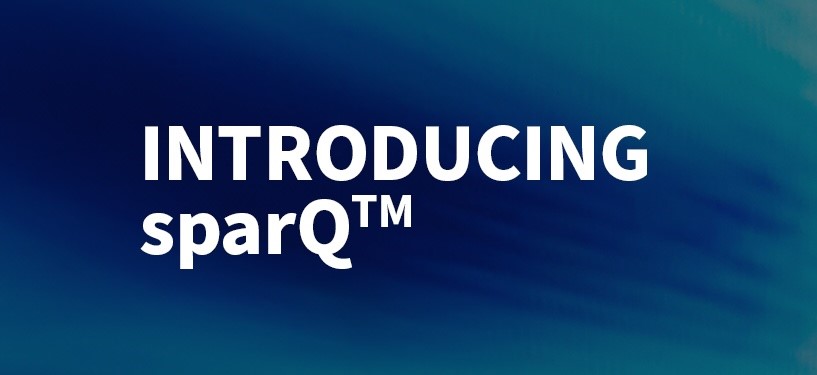Many in Boston are prioritizing diversity, equity, and inclusion (DEI) – even start-ups. But the reality is change is stalled. The key ingredient to transitioning from check-the-box DEI efforts to embedding real change is data. Data enables meaningful change because it illustrates how an organization is actually implementing DEI.
The reason analytics is so critical? Decisions are made about who is hired, promoted, labeled as high performing, and given developmental activities all the time. These critical touchpoints in the talent decision-making process can be measured and evaluated. By closely monitoring who gets tapped for advancement opportunities, understanding the speed of promotions, and examining where candidates drop out during recruitment, organizations can pinpoint areas of improvement and areas of strength. For example, data analytics can reveal if certain demographics are underrepresented at different stages of the selection process, or if biases are hindering progress – such as what is causing “the Broken Rung” of women’s leadership.
While data analytics uncovers problem areas, it’s essential to remember that solving DEIB challenges requires more than just numbers and charts. Having a dashboard or a payroll system with basic analytics can show you where the problem is – but not how to solve it. That requires rethinking processes, adapting how decisions are being made and working collaboratively with everyone involved. The goal is to move away from gut-level decision making to more rational, data-driven analysis. Successful inclusion initiatives combine data-driven insights with the expertise of individuals to drive impactful change.
In our work, we’ve observed that most companies aren’t even tracking their data properly. Many organizations struggle to implement consistent tracking methods or even gathering the data at all. So, step one of course is getting good data. Step two is pulling it together so that you can ask the intelligent talent questions. Step three is evaluating patterns and places where leverage can happen.
Recognizing that the barrier to inclusion includes problems with both people and data will help you effectively tackle the DEIB challenge. It’s time to harness the power of data analytics to gain valuable workforce insights and drive meaningful change in your organization.
 by Jodi E. Detjen, Associate Dean of Innovative Education and Programs & Managing Partner
by Jodi E. Detjen, Associate Dean of Innovative Education and Programs & Managing Partner



